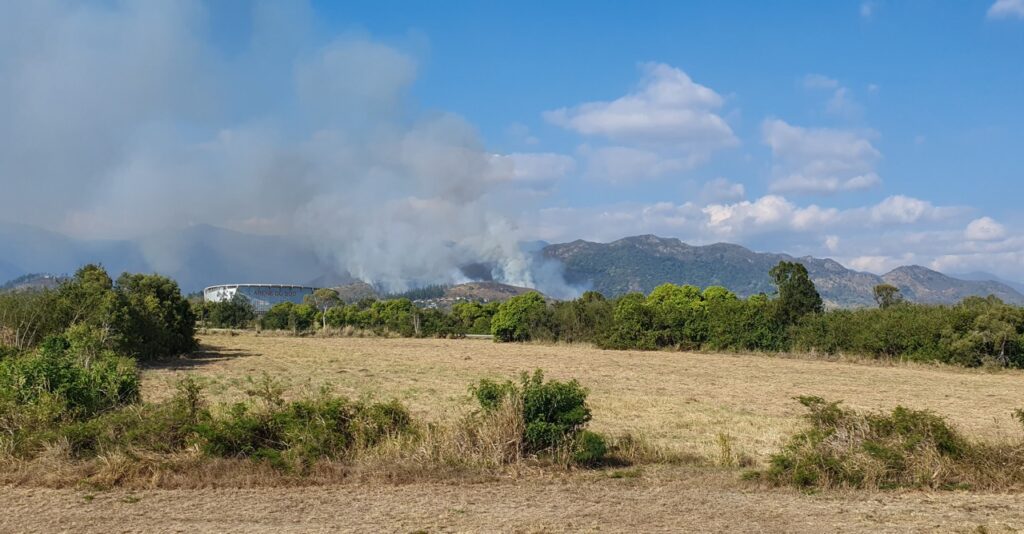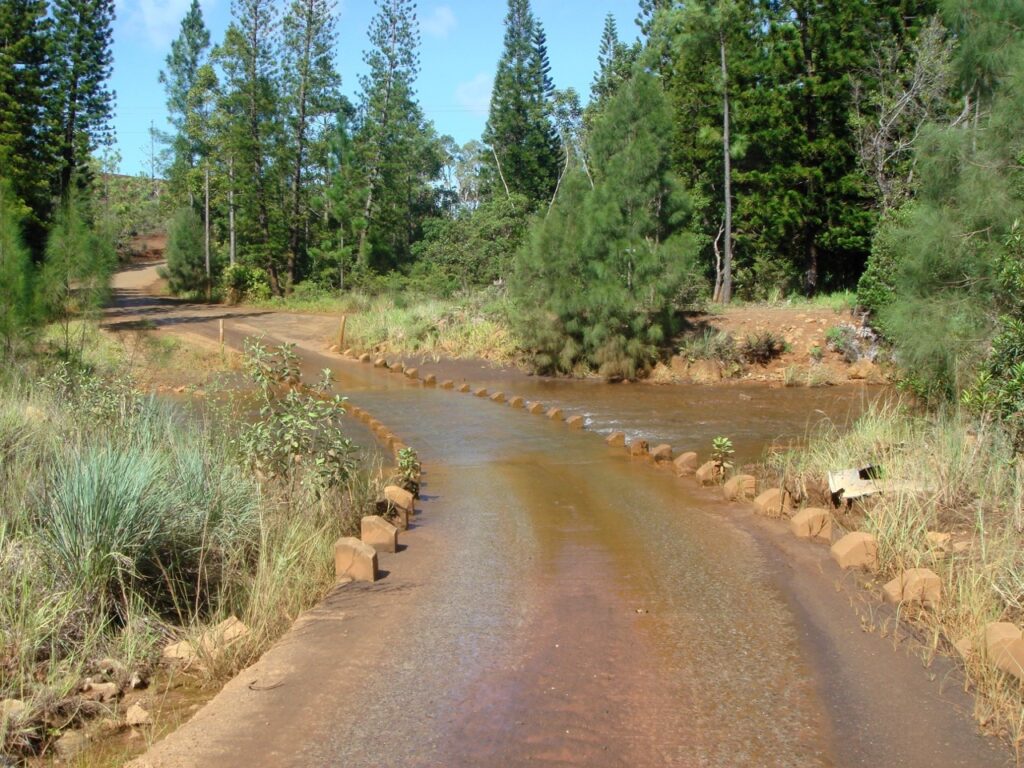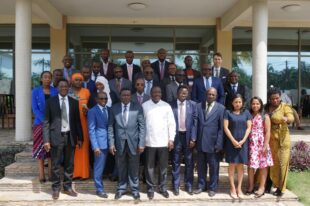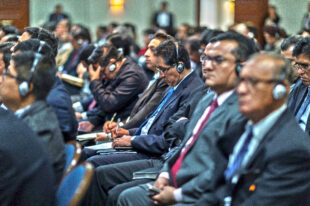New Caledonia’s Territorial Audit Office Assesses Environmental and Natural Disaster Resilience

Author: Florence Bonnafoux, Président de la chambre territoriale des comptes, Chambre territoriale des comptes de Nouvelle-Calédonie (President of the Territorial Chamber of Accounts, Territorial Chamber of Accounts of New Caledonia)

Like many places in the Intertropical Convergence Zone, the French territory of New Caledonia is affected by potentially destructive climatic hazards. These include cyclones and periods of drought or heatwaves that exacerbate forest fires. However, what we know about the impact of climate change on New Caledonia is still insufficient.
Responsibility for civil protection in New Caledonia was transferred from the nation to the territory on 1 January 2014. Since then, responsibility has been shared between the territory, the nation (which has retained important missions and resources), the municipalities (which run and finance their fire and rescue services) and the provinces (whose responsibilities for the environment and town planning affect civil protection).
This shared responsibility has not facilitated the implementation of an effective and efficient natural risk prevention policy. Unfortunately, the situation is likely to get worse. According to the latest Intergovernmental Panel on Climate Change report, climate change will result in New Caledonia experiencing a warmer and drier climate, which will increase the risk of forest fires. Also, less frequent but heavier cyclonic episodes will increase the risk of flooding and landslides. With this in mind, New Caledonia’s Territorial Audit Office performed an audit to assess whether the territory has the appropriate prevention and crisis management resources to face those increasing challenges.


The audit shows that a great deal of work is being done to gather knowledge to assess and map the probability and impact of major climatic hazards likely to occur at different timescales, but it is being conducted in a dispersed manner by a large number of public, semi-public and private players. Some critical projects remain unfunded, such as the digital survey of New Caledonia’s coastline, which is essential for performing submersion and flood simulations.
The regulations governing the provision of information to the public on major risks, one of the aspects of prevention, are not being applied correctly, both at the regional and local levels. Regulations on limiting the vulnerability of key areas need to be consolidated.
Measures can limit or prohibit construction in at-risk areas, or provide for other ways to reduce the vulnerability to hazards. These measures must incorporate nature-based solutions, which are currently the subject of several initiatives in New Caledonia and take into consideration natural resources which are protected or have a particular importance for local communities.
The resources of the fire and rescue services suffer from multiple capacity limitations, primarily affecting human resources. The complexity and compartmentalization of the rules of operational engagement limit the coordination of the actors. The differences in human resources management between each center and the conditions under which volunteer and professional firefighters are trained and paid result in a high turnover of staff. This situation justifies a rapid completion of the project to modernize the fire and rescue services’ communication system. In the medium term, the Territorial Audit Office considers it essential to continue this reform by creating a unified management structure for resources and operations that will resolve the many difficulties arising from the current situation.
Following the audit, the government has actively looked for ways to finance the digital survey of New Caledonia’s coastline and intends to prepare a territorial adaptation plan to prioritize action and coordinate actors to reduce vulnerability to natural disasters. It is also increasing its efforts to coordinate with local authorities and communities to enhance responses to major crises.

As of March 21, 2024, New Caledonia’s Chamber of Accounts has published its report on the civil security of climate risks: https://www.ccomptes.fr/fr/publications/securite-civile.





